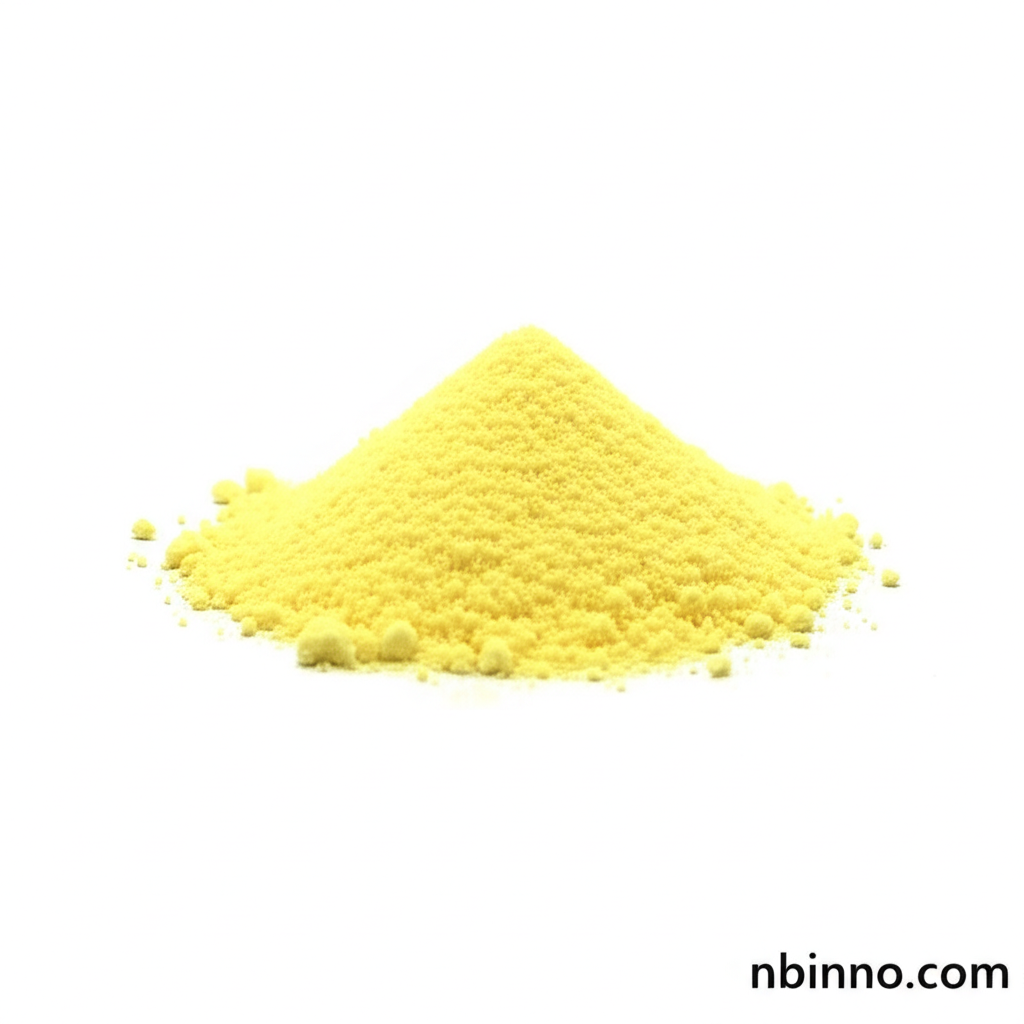4-Methoxymandelic Acid: A Crucial Component in Electronic Chemical Manufacturing
Discover the key properties and applications of this vital photoresist intermediate.
Get a Quote & SampleProduct Core Value

4-Methoxymandelic Acid
4-Methoxymandelic Acid, identified by CAS number 10502-44-0, stands as a critical chemical intermediate within the electronic chemicals sector, particularly for photoresist applications. Its precise molecular structure and properties make it indispensable for advanced manufacturing processes.
- Understanding the chemical properties of 4-methoxymandelic acid is crucial for optimizing its use in sensitive electronic applications.
- As a leading provider, we facilitate buying 4-methoxymandelic acid online with ease and reliability.
- We connect you with reputable 4-methoxymandelic acid suppliers in China, ensuring quality and competitive pricing.
- Explore the diverse uses of CAS 10502-44-0 applications in cutting-edge technologies.
Key Advantages
High Purity and Quality
Sourcing 4-methoxymandelic acid from trusted manufacturers ensures the high purity required for demanding photoresist formulations.
Versatile Application Potential
The versatile nature of 2-hydroxy-2-(4-methoxyphenyl)acetic acid uses extends beyond photoresists to various organic synthesis pathways.
Reliable Supply Chain
Our network of photoresist chemicals manufacturing partners guarantees a stable and dependable supply of essential materials.
Key Applications
Photoresist Formulation
This compound is a fundamental building block in the development of high-performance photoresists, crucial for semiconductor lithography and microelectronics manufacturing.
Organic Synthesis Intermediate
Its reactive functional groups allow it to serve as a versatile intermediate in the synthesis of complex organic molecules for various industrial purposes.
Electronic Chemicals Sector
Within the broader scope of electronic chemicals, 4-Methoxymandelic Acid contributes to the creation of specialized materials vital for modern electronic devices.
Research and Development
Academic and industrial researchers utilize this chemical in exploring new synthetic routes and developing novel materials for emerging technologies.
